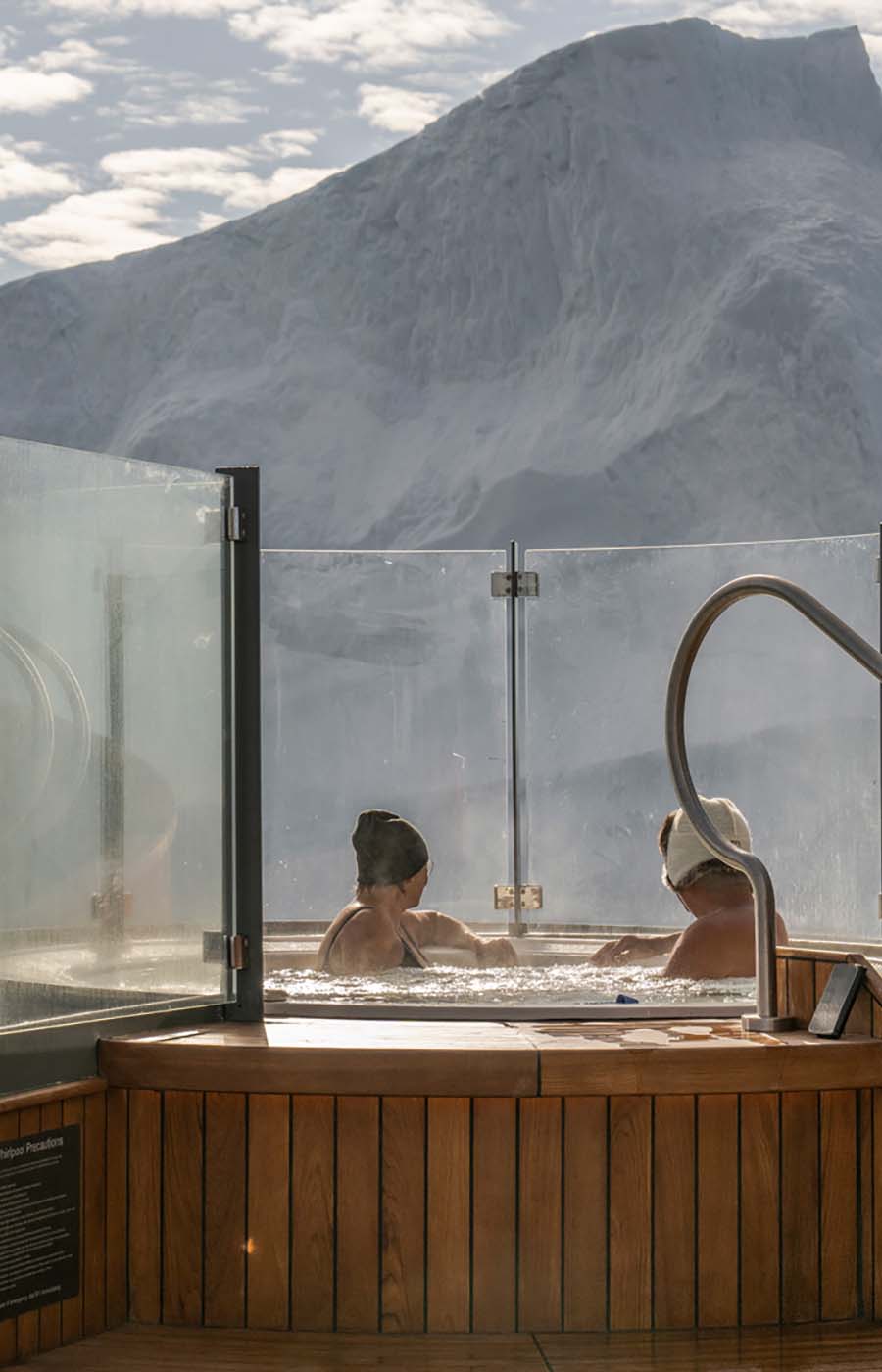By clicking on “Submit” and
providing contact details Seabourn will use the information provided to contact me with
marketing and promotional messages. You can opt out at any time. For more details, see
the Seabourn Privacy Policy and Website Terms of Service.

